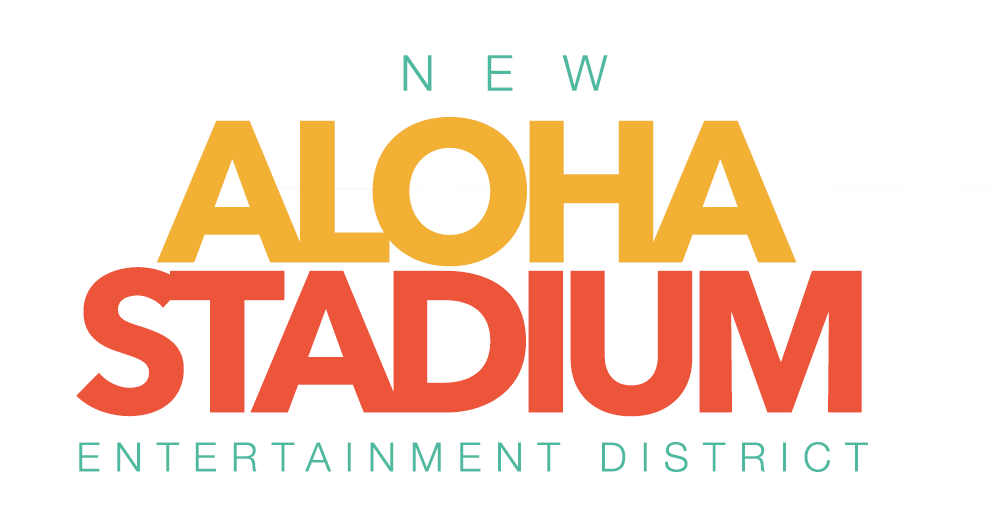Honolulu Star-Advertiser
Hawaii News | Volcanic Ash
By David Shapiro
February 7, 2021
After endless grief over the proposed public-private partnership for Honolulu rail that ultimately brought bids far beyond the city’s budget, the Caldwell administration finally asked the obvious question: Why mess with a convoluted private partnership instead of doing a straightforward design-build deal?
It’s fair to ask the same about the state’s increasingly complicated $350 million rebuild of aging Aloha Stadium.
Instead of simply building a stadium, the state has hatched the New Aloha Stadium Entertainment District, in which a private partner would construct a 35,000-seat stadium and get development rights on the remaining 80-plus acres of the Halawa site for housing, hotels and retail.
In an ever-changing governing structure, the Legislature is reversing plans to put the Hawaii Community Development Authority in charge and moving to endow the Stadium Authority — which has no expertise in construction or development and sometimes can’t even manage scheduling football games — with superpowers to oversee not only the stadium construction, but also the development around it.
Sen. Glenn Wakai, a lead sponsor, called it “the Stadium Avenger Authority,” with broad powers to cut corners on procurement, permitting and building regulations.
The thing is, there’s no good reason the state needs to involve a private partner or pair stadium construction with development of the surrounding area.
The $350 million the state has committed seems plenty enough to build a perfectly fine stadium by a conventional design-build contract without involving private financing or development rights.
There are several examples of multipurpose stadiums similar to what’s proposed here built recently for less than $350 million.
Tulane University’s 30,000-seat Yulman Stadium, built for $80 million in 2014, is a multi-use facility with air-conditioned clubs, end-zone entertainment decks, a 90-foot LED scoreboard and a ground-level suite.
Colorado State’s 41,200-seat Sonny Lubick Field, with premium seating and a high-tech scoreboard, opened for football and other events in 2017 at a cost of $220 million.
Birmingham is building a 45,000-seat stadium for University of Alabama-Birmingham football and other events for $174 million. And San Diego State is building a 35,000-seat stadium for $310 million to host football, soccer, concerts, festivals and high school sports.
So why must we involve private partners chosen in secret negotiations and give them extraordinary development rights, instead of using the $350 million already allocated to simply hire qualified designers and builders selected by open bidding?
Why link the stadium and surrounding development? Why not build the stadium now, given the urgency of the crumbling existing facility, and deal separately with the far more complex — and far less urgent — issue of developing the surrounding area?
Complicating it when simplicity will do only creates holes for money to fall through and sweetheart opportunities for developers, potentially becoming the biggest attempted public-land giveaway since the ill-fated Public Lands Development Corp. pushed by some of the same legislators.
READ FULL ARTICLE HERE.

